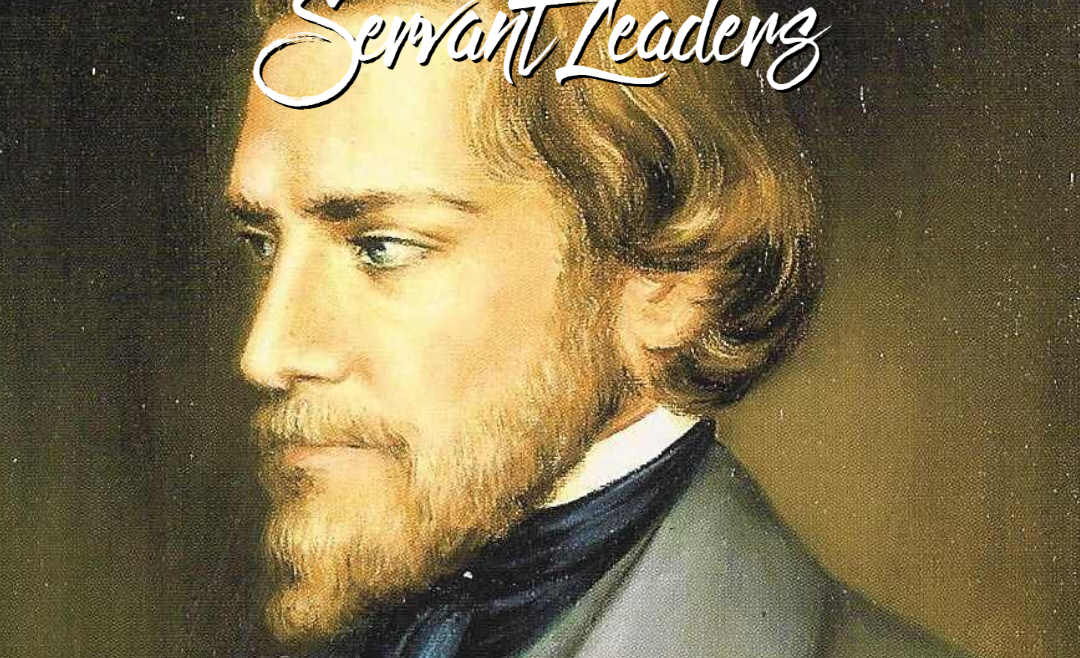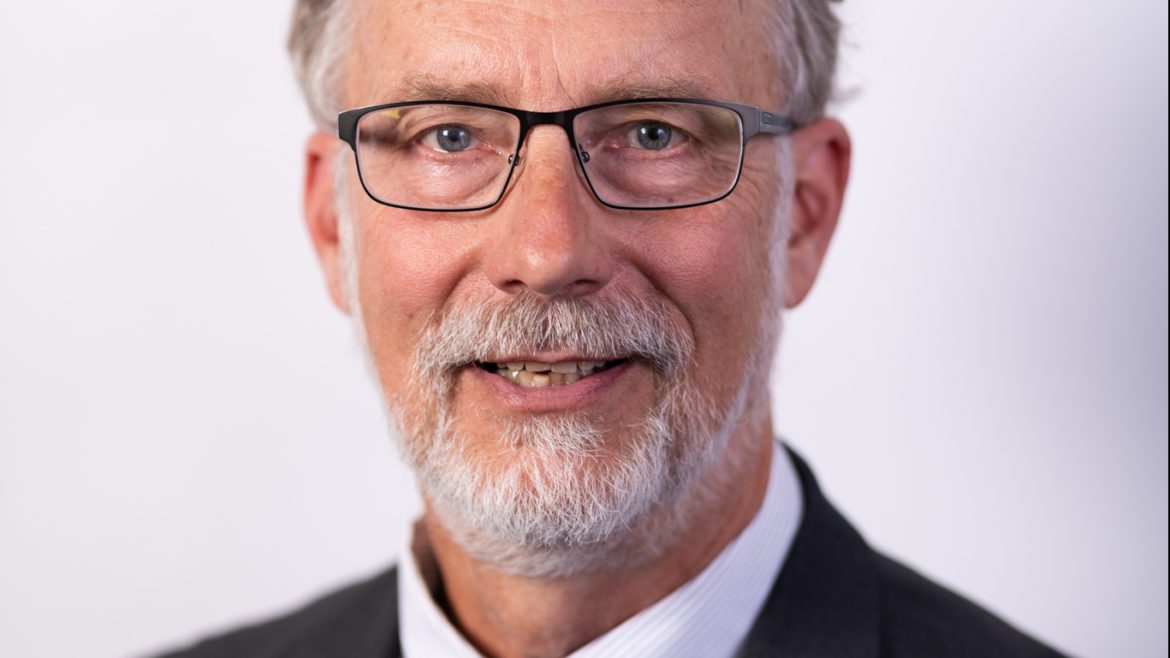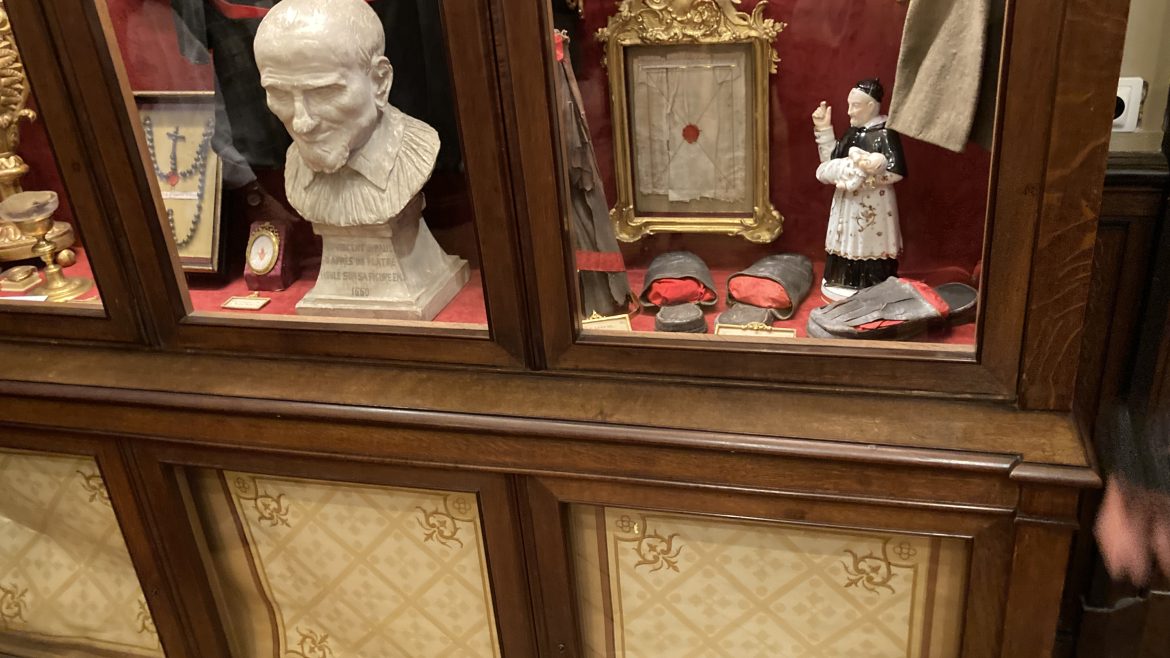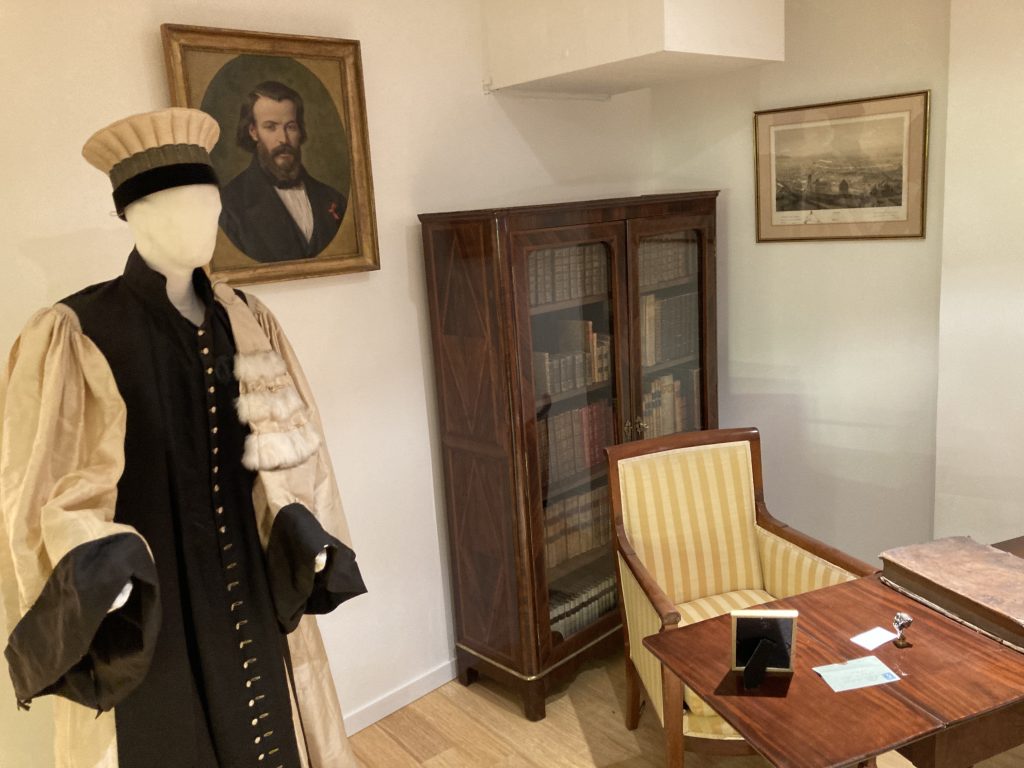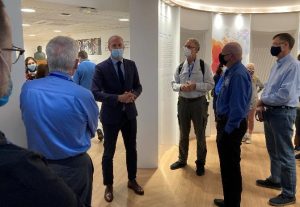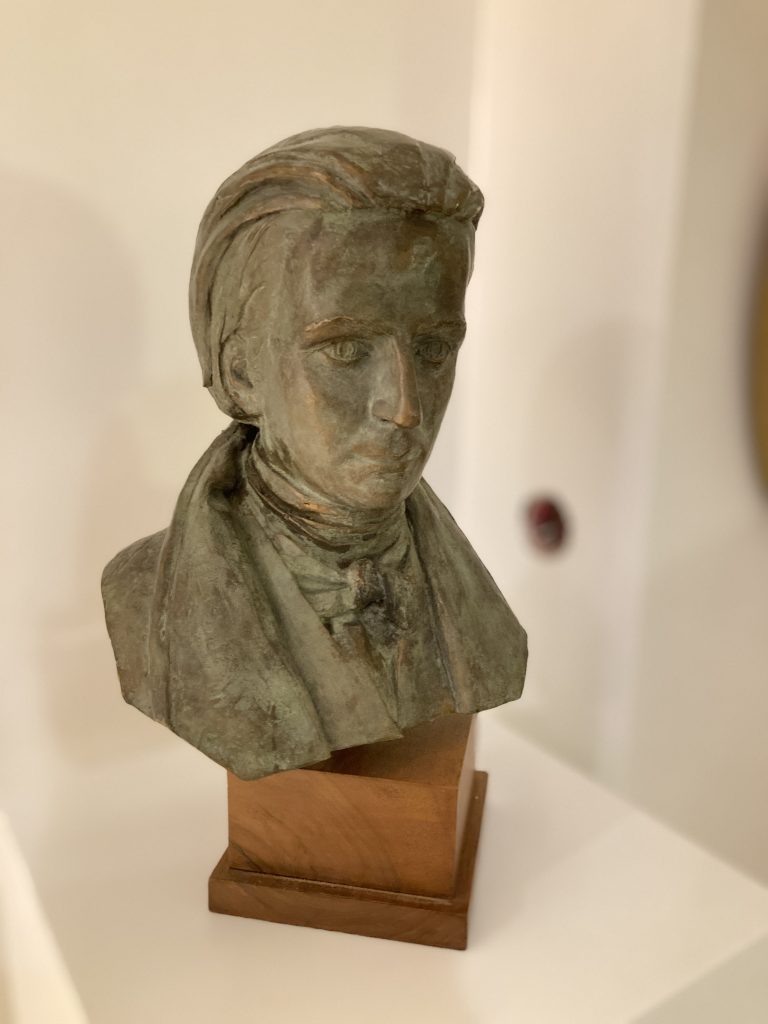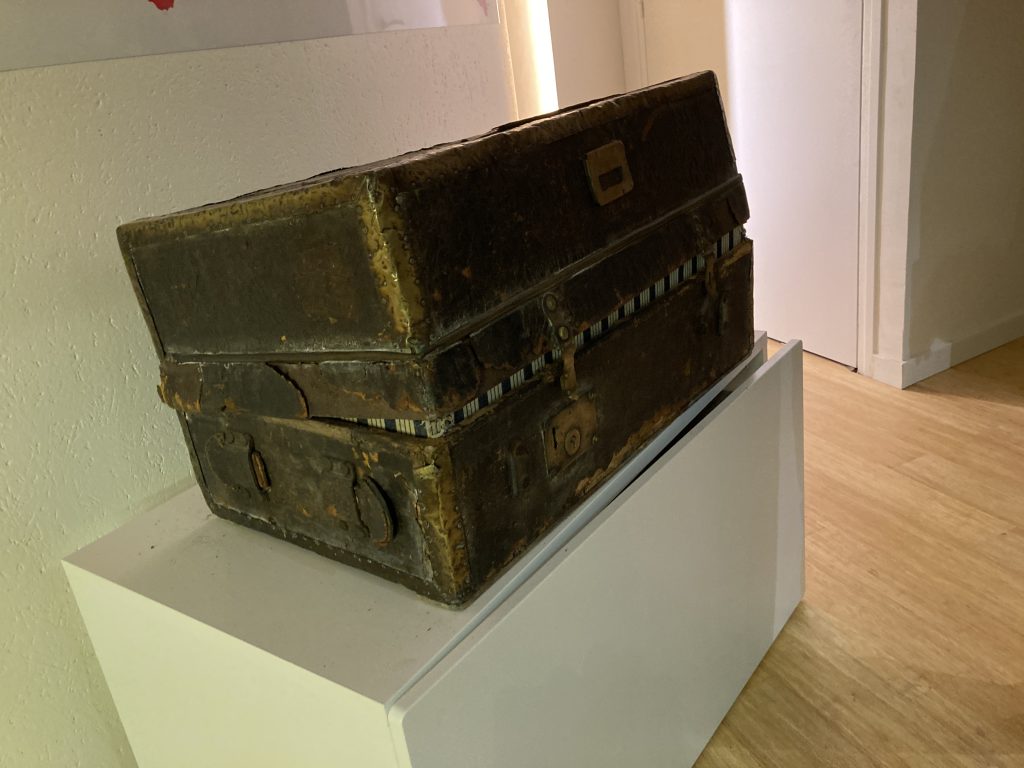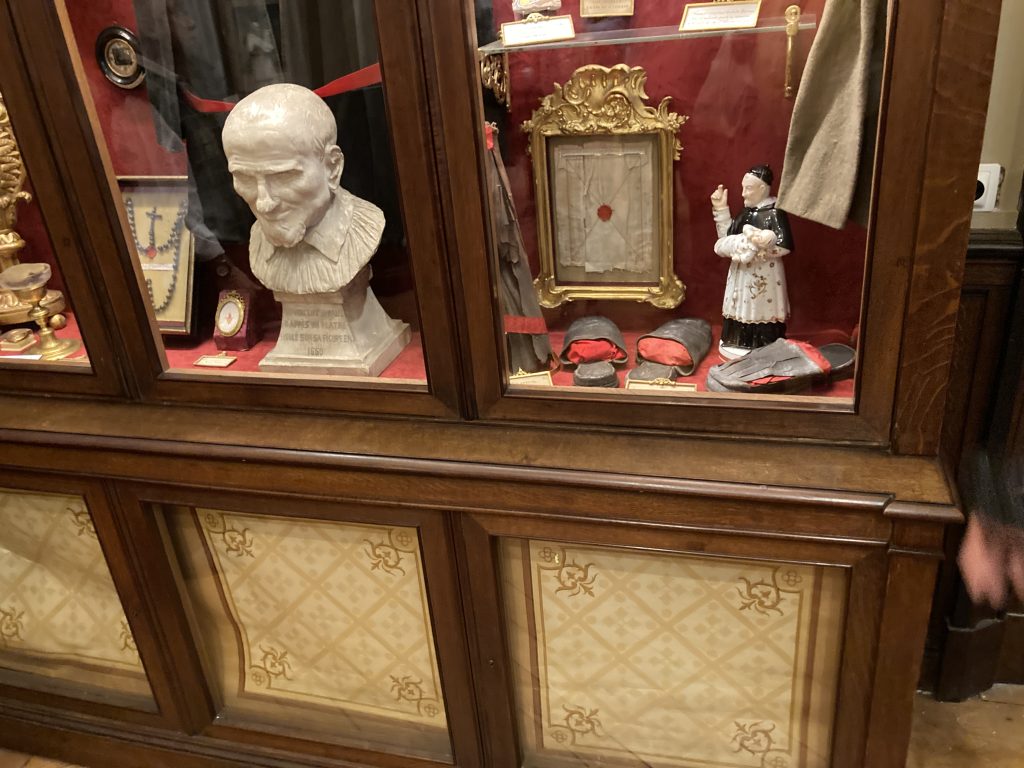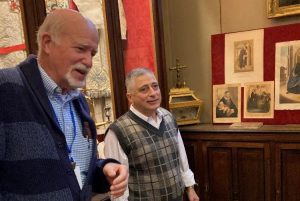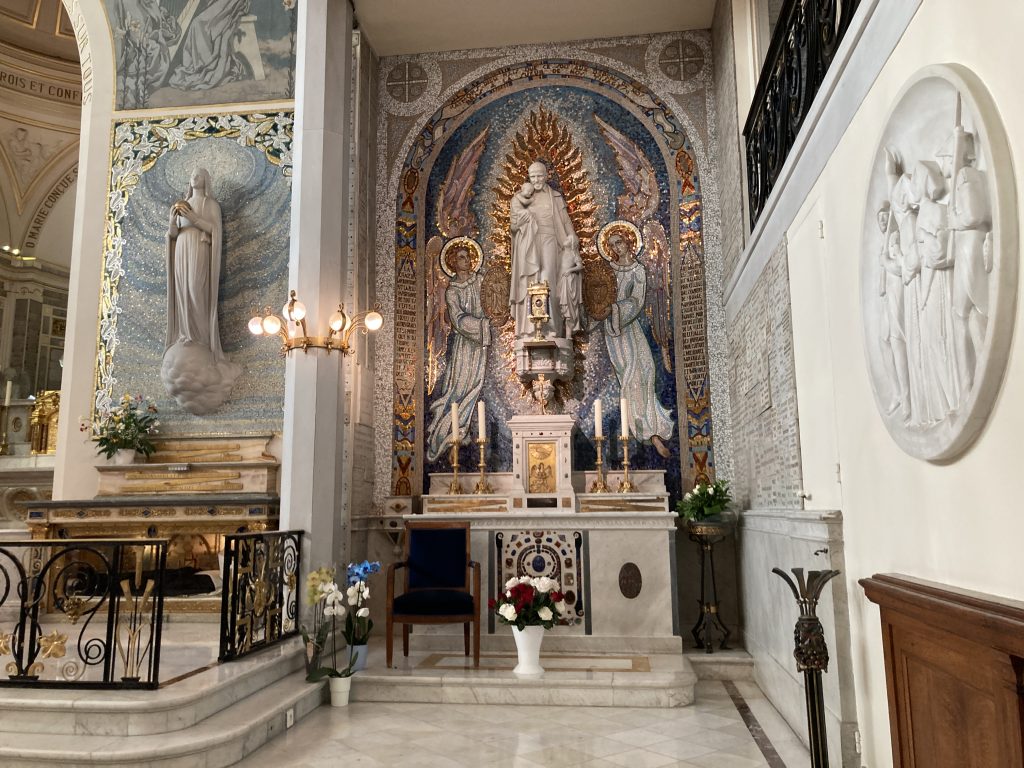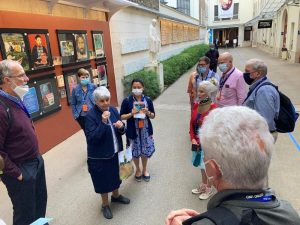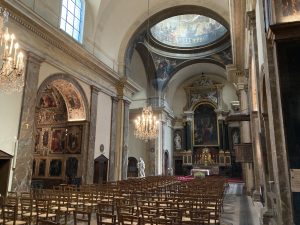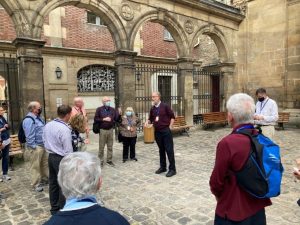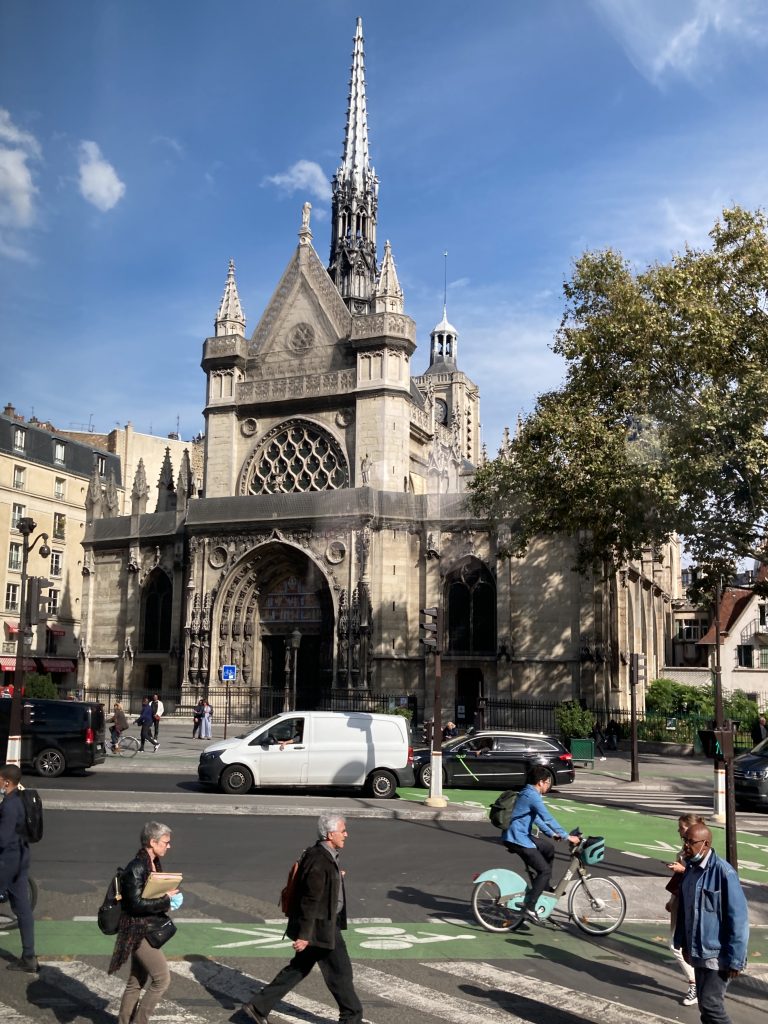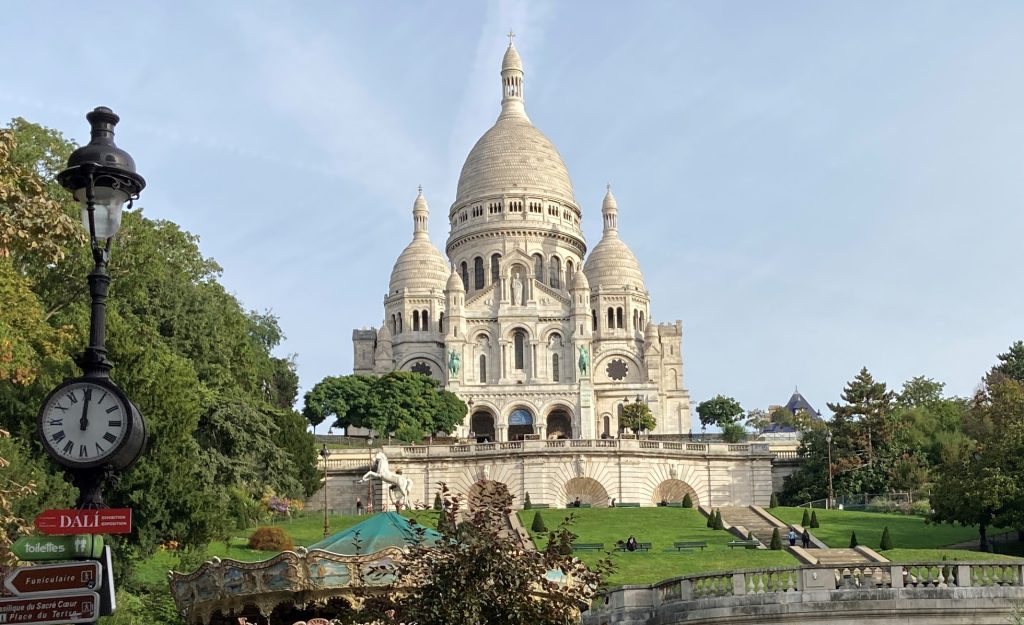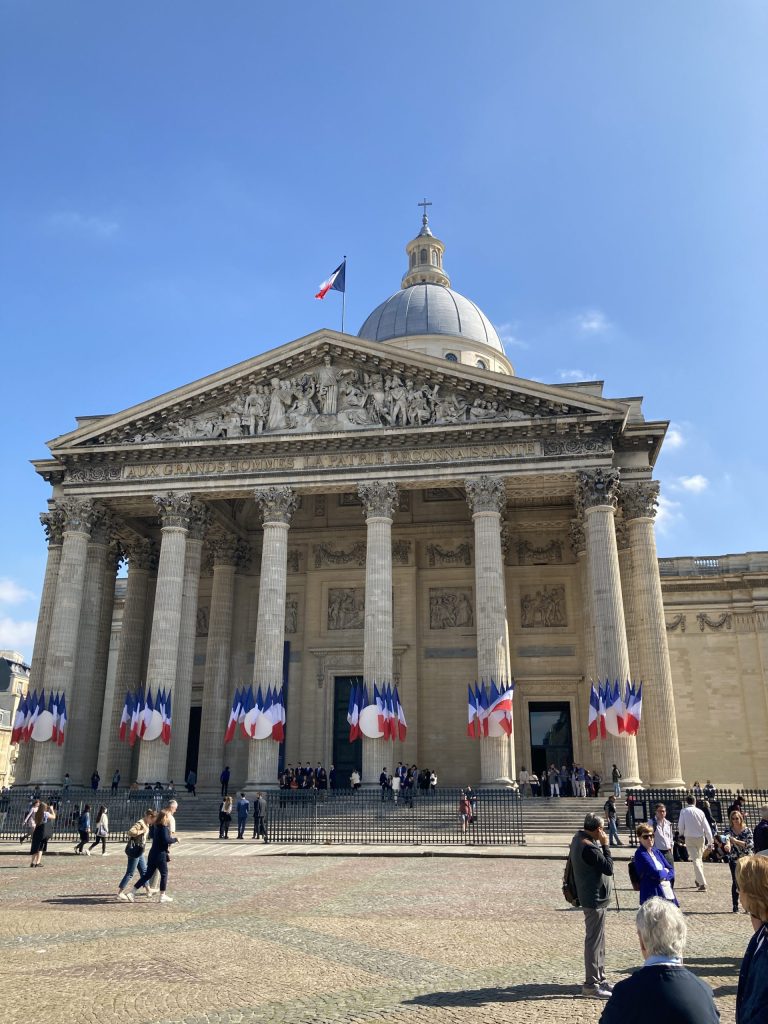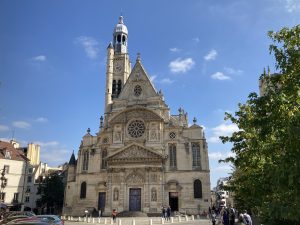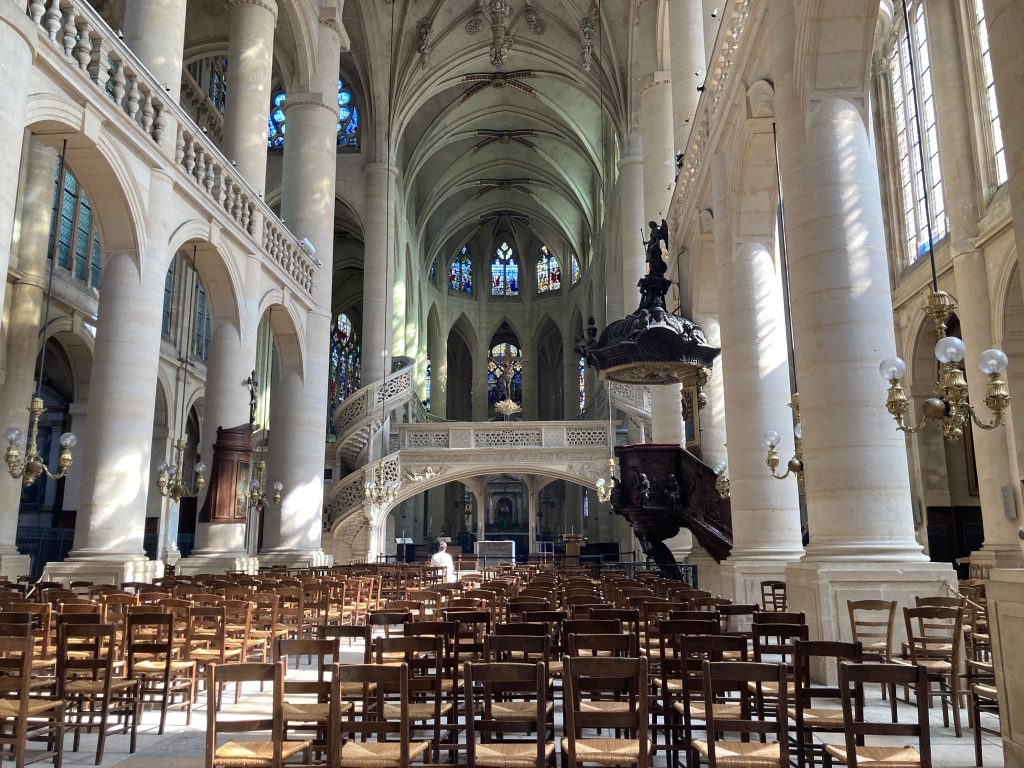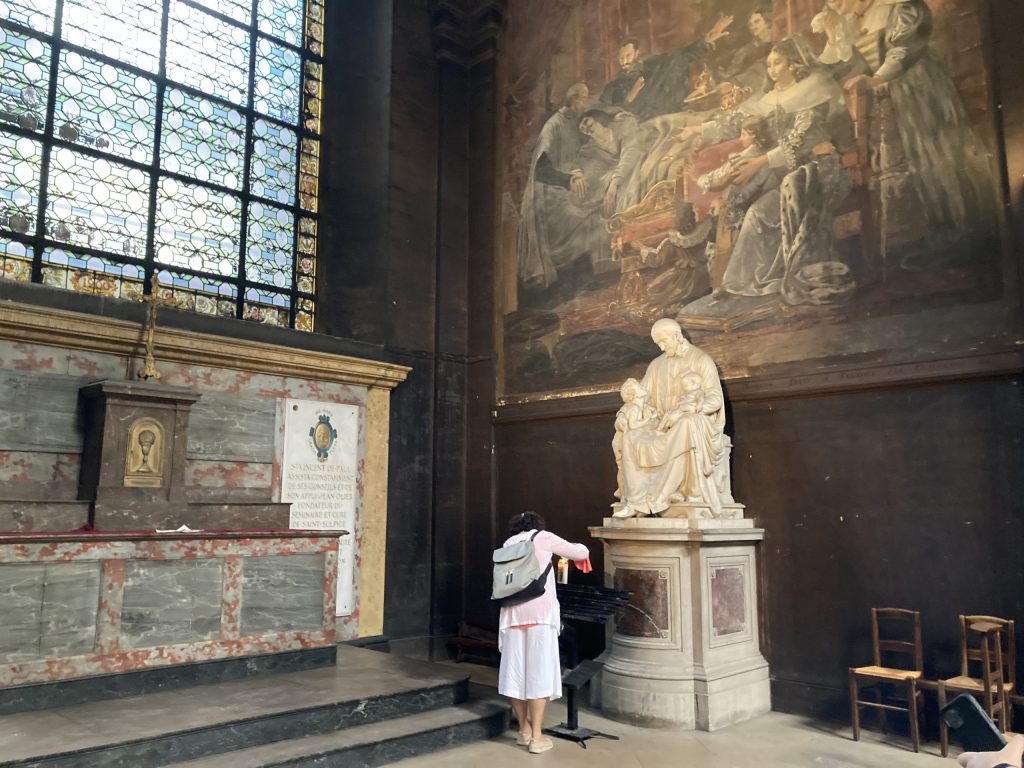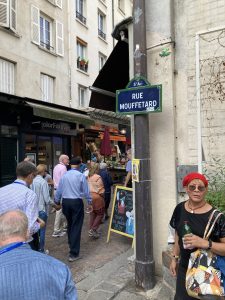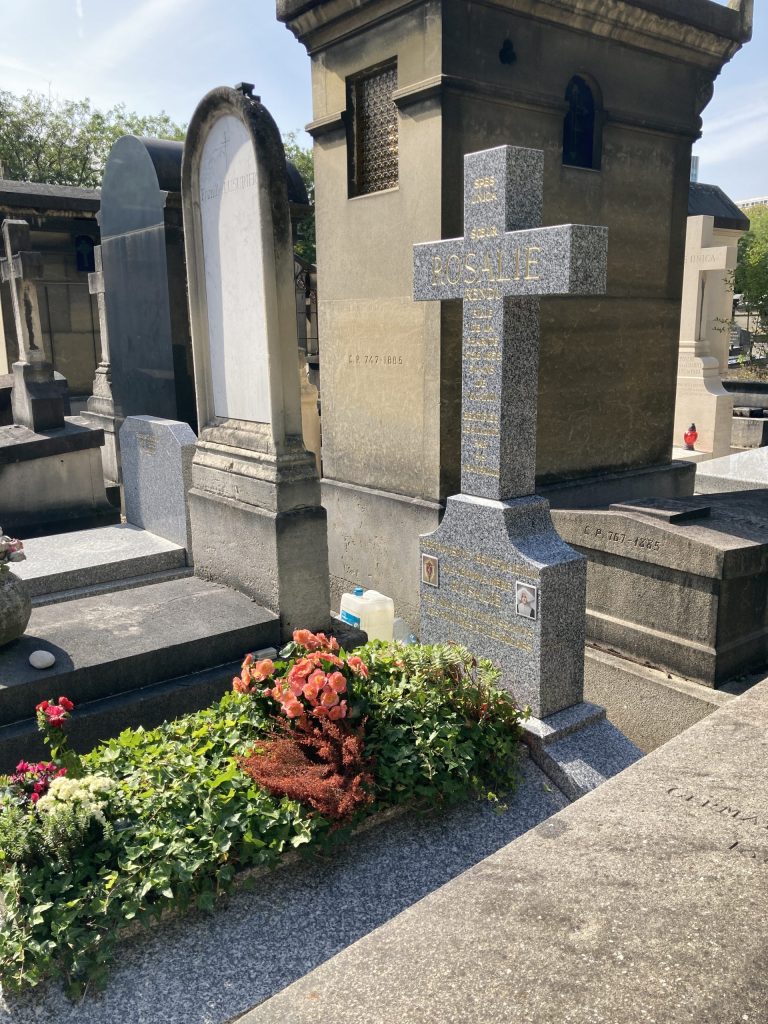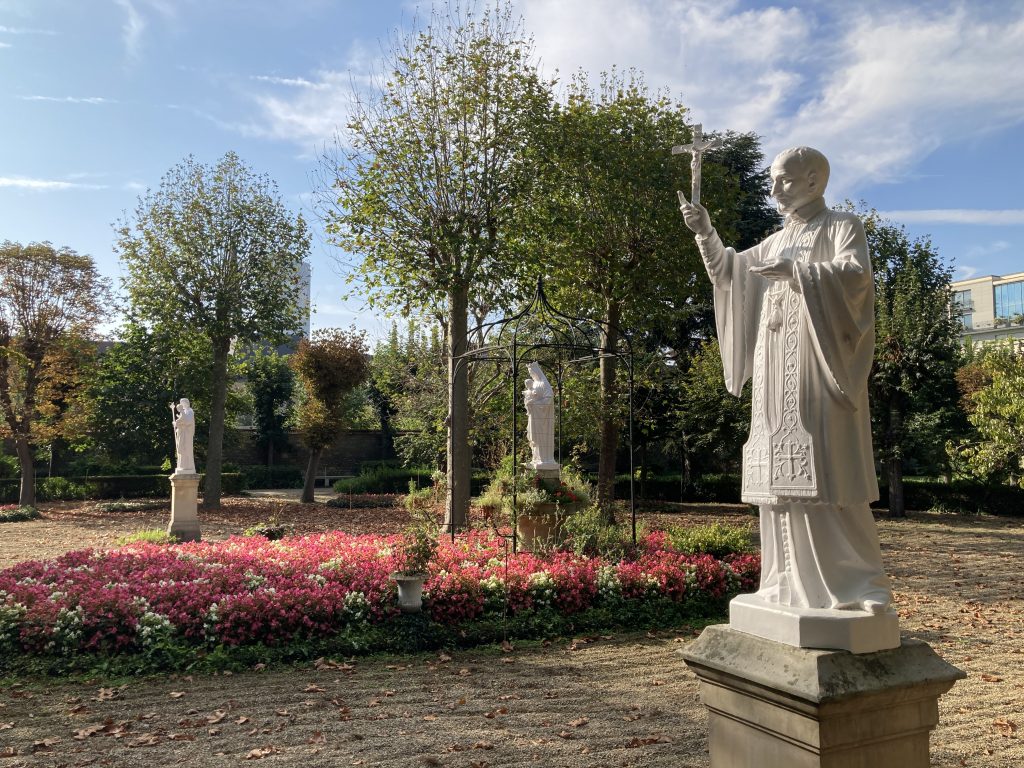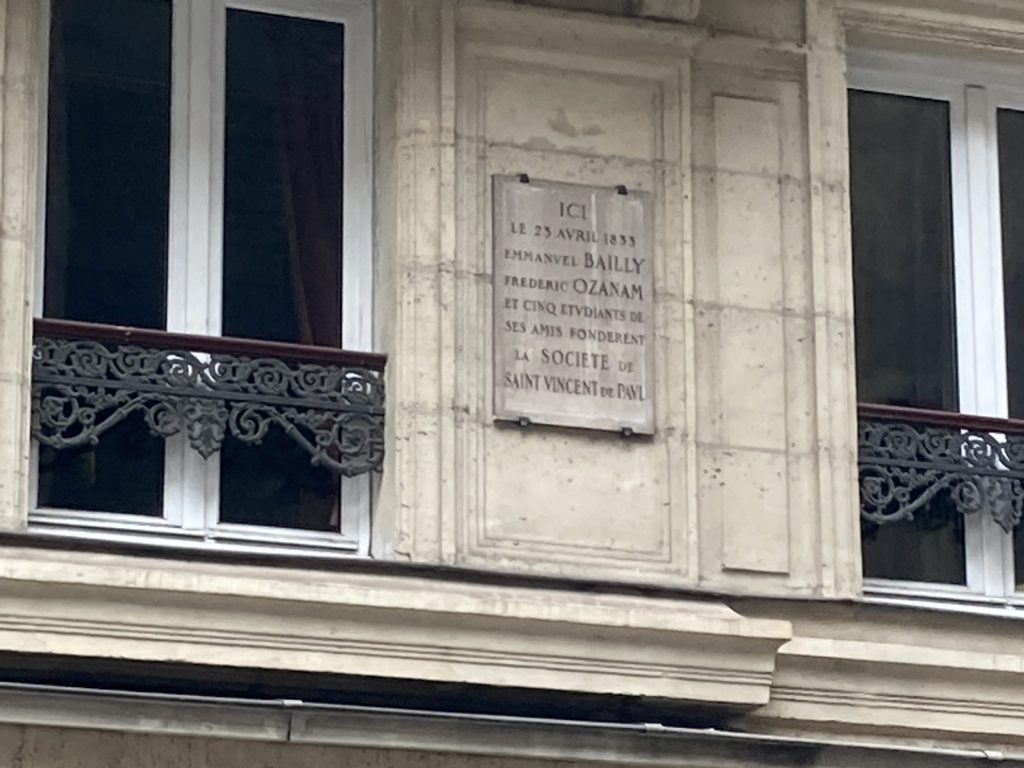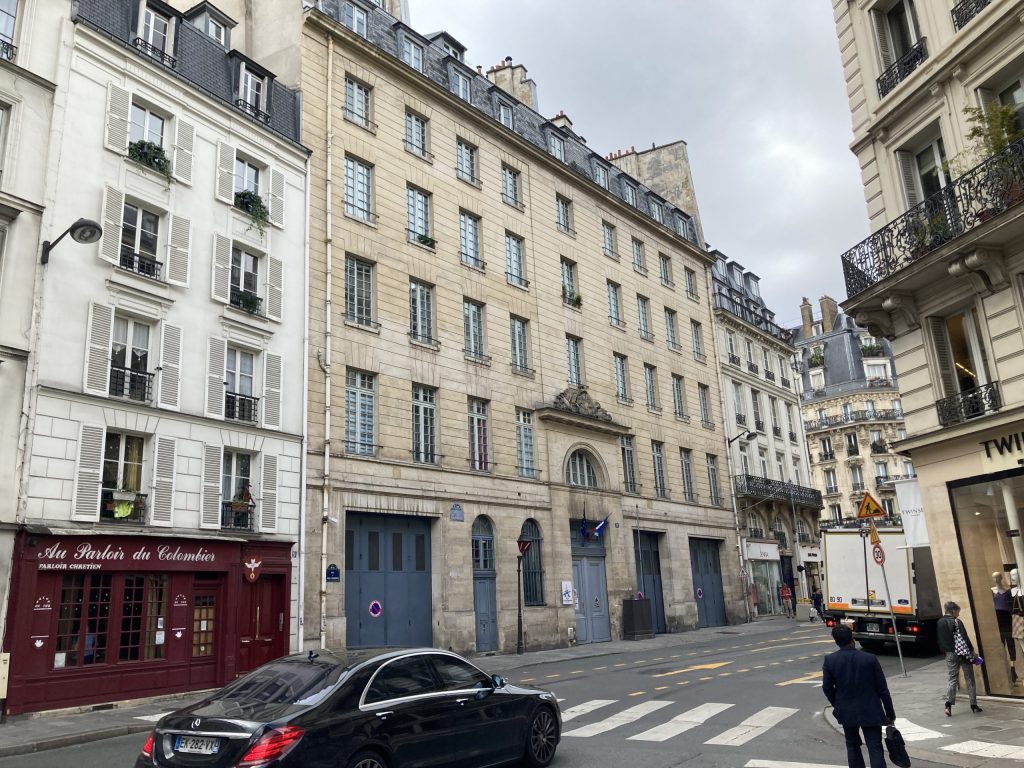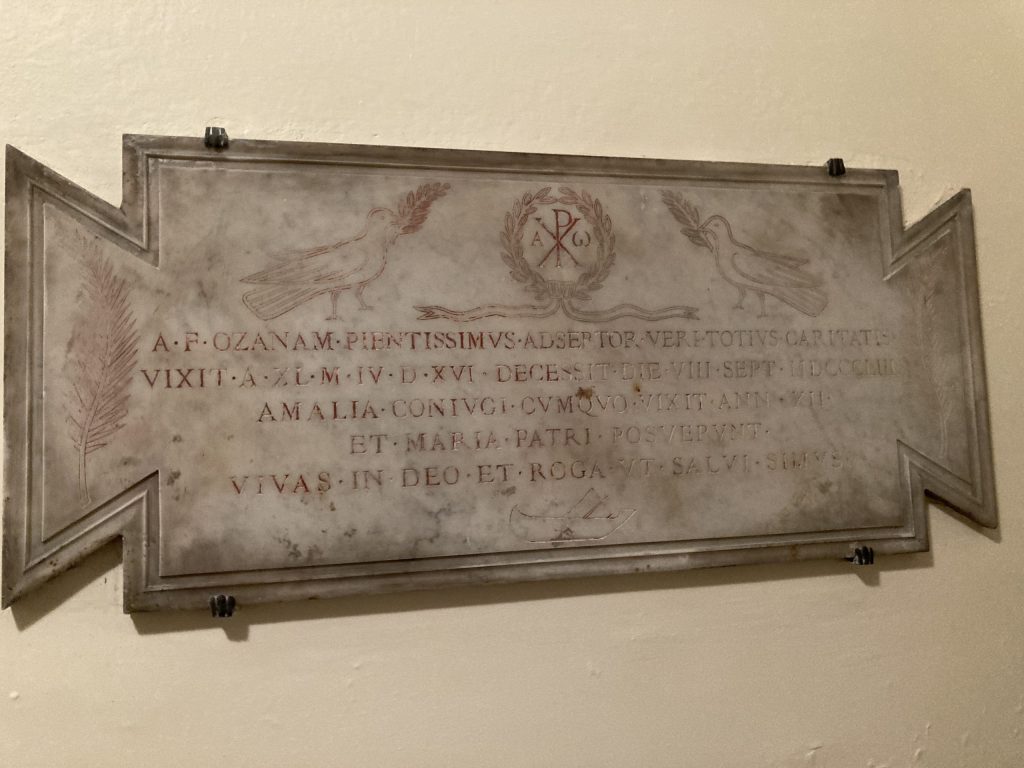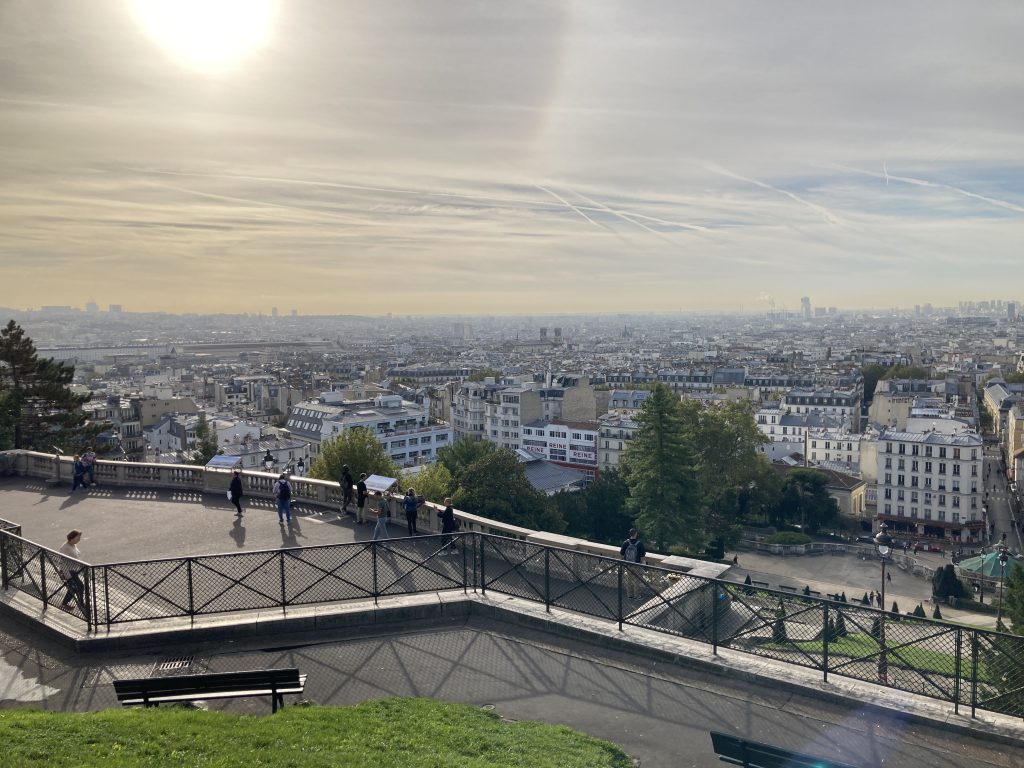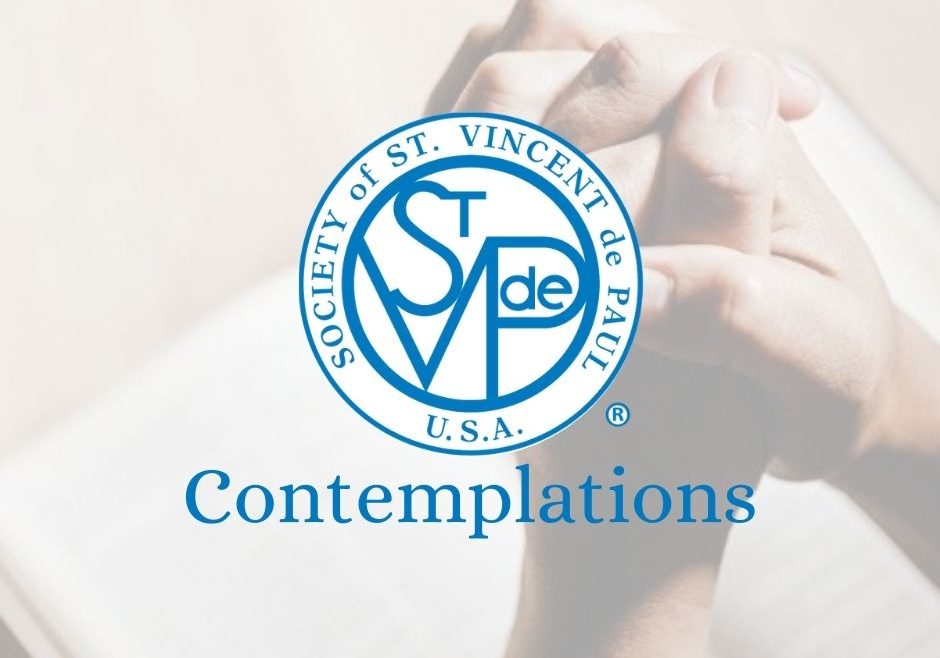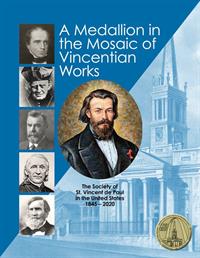In Monsieur Vincent, the 1947 movie about our patron’s life, he is asked near the end of his life if there is anything he wished he had done. His reply is simple: “More.” This captures the indefatigable commitment to new and creative works that characterized his life, but perhaps does not fully capture his belief or his teaching.
In a 1657 report to the Ladies of Charity, Vincent took care, while praising their many good works, to caution them to “moderate these practices; for, according to the proverb, ‘Whoever embraces too much, loses his grip.’ It has happened to other Companies … that, because they took on things beyond their strength, they collapsed under the burden.” [CCD XIIIb: 437] More is not always more virtuous, bigger is not always better. In his turn, Frédéric also expressed this idea often, especially in defense of the Society’s works against those who criticized it as the “charity of a glass of water.” In other words, the critics only measured success in worldly terms, by pounds of bread, or vast numbers of people reached. The Society, on the other hand, measures success by the tears we dry, the hands we hold, and the hearts we touch with the love of God. We imitate Christ in celebrating each home visit like the shepherd who leaves his entire flock for the sake of a single lost sheep.
In a letter to his cousin Ernest Falconnet he elaborated on this idea, saying that “… it would be a thousand times better to languish in obscurity for half a century, edifying others with a spirit of resignation and doing some little good, than to be intoxicated for a few brief months with worldly pleasure, and then die in its delirium.” [Baunard, 349]
If our reward for our works is in heaven, so is our motive for pursuing them in the first place. We are not called by ambition, but by God to this vocation. Ours “is a work of God and not a human work. I have said this before; human persons would be unable to achieve it, so God Himself became involved in it. Every good action comes from God; He is the author of every holy work.” [CCD XIIIb: 431]
So we are bound not always to do “more,” but always to do His will, always to share His love, always to love Him in the neighbor. And when our work is done each week, we pray and reflect on it together, discerning together what God has told us through our Vincentian encounters, how we have grown closer to Him, and to hope, with Bl. Frédéric, “that this Society of St. Vincent de Paul … which has been allowed to do a little good, will continue to prosper under the divine benediction.” [141, To Ballofet, 1837]
Certainly, some of our works are, or may become great, but every one of us can do a little good. Then again, when you think about it, since all good is from God, there really is no such thing as “a little good.”
Contemplate
Do I try to pause and focus on the “little good” first?


